Updates
Recent Posts
Online Course Accessibility Checklist
The following checklist is a basic level list to work towards online course content accessibility. DRS is happy to consult for more complex situations. The goal is to be able to answer yes to all of the following questions. Syllabus Does the syllabus have a statement...
Driving Inclusion: Why Accessible Travel Is Key to Retaining Employees With Disabilities
While business travel is essential for both company and employee growth, it often isn't fully accessible. Air travel in particular doesn’t always keep everyone’s needs in mind, as an average of 10,000 to 15,000 wheelchairs and other mobility devices are damaged or...
Billboards In Several Major Cities To Showcase People With Down Syndrome
The accomplishments of individuals with Down syndrome will be on display in a big way as part of an awareness campaign springing up in cities across the country. Billboards will debut on Saturday in five cities highlighting the employment successes of people with the...
Delta Boosts Accessibility For Travelers With Disabilities
A major U.S. airline is making updates to one of its most popular in-flight features in an effort to improve accessibility for people with disabilities. Delta Air Lines is introducing a new flight map offering high-contrast visuals, a color-blind palette, large text...
Customer support: Definition, importance + 10 key strategies
Customer support is the team of people who help customers with a company's products or services. Learn what it is, why it's important — and how the pros do it. Customer support is having a moment. In a highly competitive, digital-first world, providing your customers...
Air Canada marks one year of Hidden Disabilities Sunflower program
Thursday marked one year since Air Canada’s introduction of its Hidden Disabilities Sunflower program. This saw the airline employing sunflower symbols that volunteers can use to signal a non-visible disability. The airline’s work towards disability access is...






